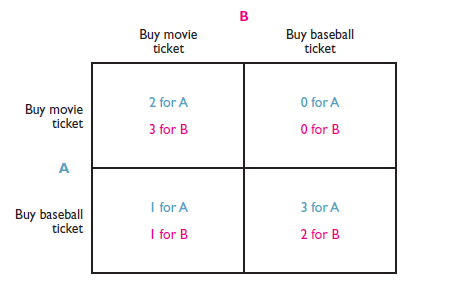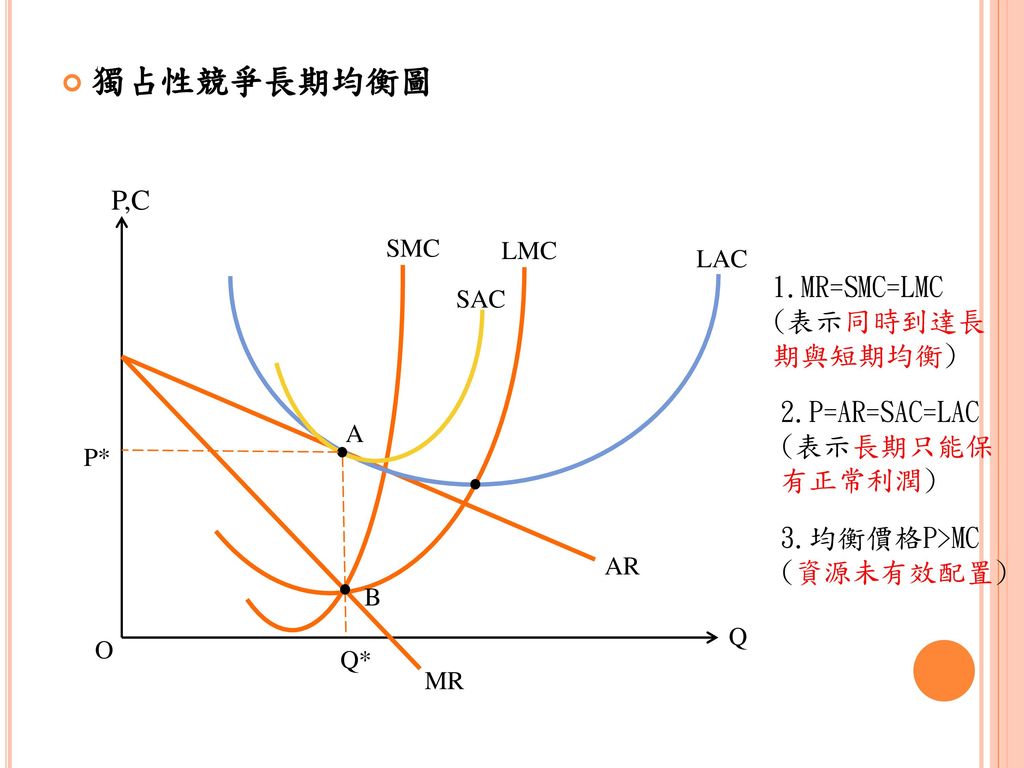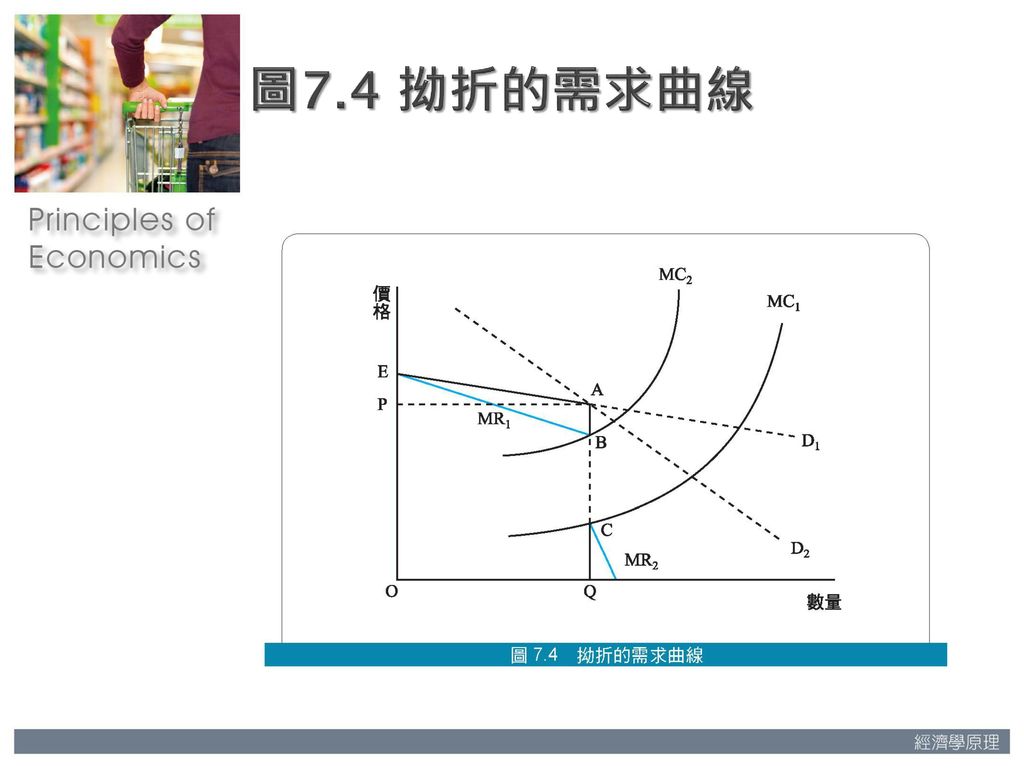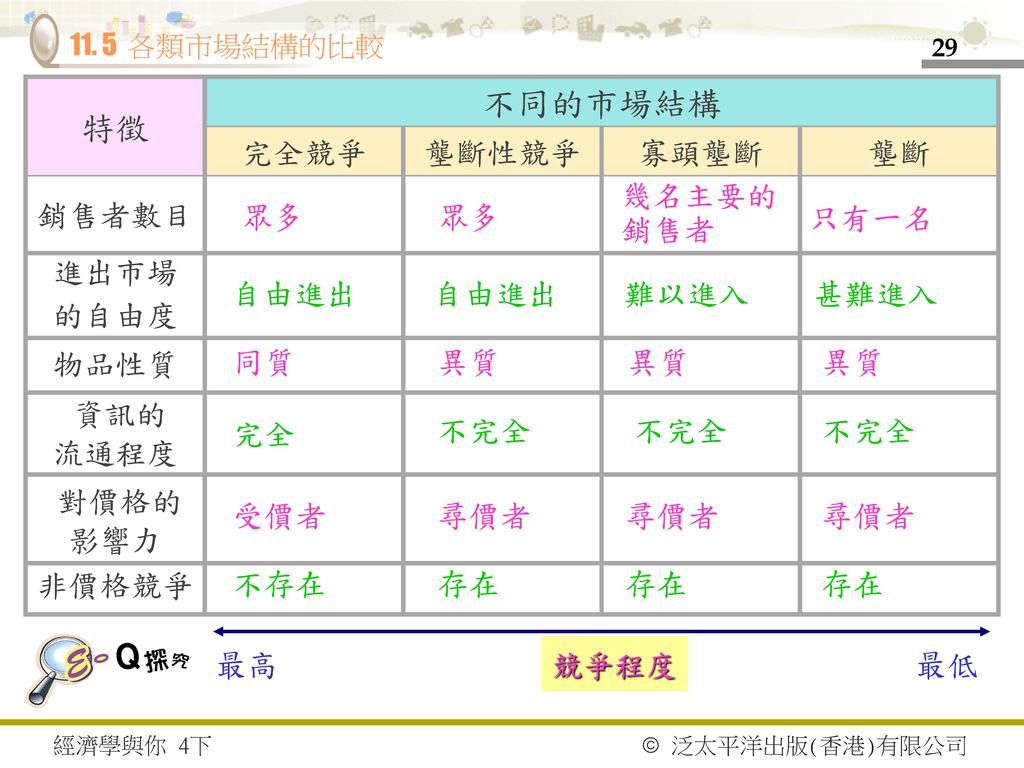- 孔恩(1922-1996)
(就是一些孔恩簡單的介紹,略過不寫) - 費曼(1918-1988)
(也是一些費曼簡單的介紹,略過不寫) - 孔恩VS.費曼
作者要藉著《結構》與《物理定律的特性》兩書相互對照,來說明孔恩的不足 - 對孔恩來說,數學形式的變更是無關於物理概念的
費曼則認為不同的數學形式牽涉到不同的哲學(物理)概念 - 孔恩與費曼都重視對物理定律的直觀感受,孔恩談蓋士塔轉換,費曼則談心理認知,顯然有其相似之處
- 孔恩認為新舊典範之間有種斷裂,如牛頓與愛因斯坦,但費曼從數學架構上來看,則認為兩者有其相似之處
- 作者認為孔恩在後記所言"從本體論的發展而言,科學理論並沒有進展"這是似乎是一個相當模糊的說法,並認為新舊理論之間也許會近似孔恩的蓋士塔轉換,但要說徹底的不可轉換,似乎沒有(以作者的經驗來談)
- 數學與物理
作者認為孔恩的理論過度低估儀器與數學在物理學進展所扮演的角色,覺得強調世界觀轉變的科學革命說法,是不能恰當地涵蓋科學活動的全面意義。 - 愛因斯坦的(狹義與廣義)相對論是孔恩"典範"的一個標準例子
愛因斯坦方程式可由兩條不同物理概念的進路抵達,相對於不同的世界觀,不如說是共同的數學語言與數學方程式 - 望遠鏡的發明及爾後的改良開啟與促進了近代天文學的發展,是科學史上重要事件
由不同的數學家進行不同世界觀的猜測以及不同數學形式的提出,是現今的理論物理學的常態,時常在這些不同的世界觀遊走,而不會因為世界觀不同有所阻礙。
(我想,作者大概是想表示孔恩所謂的不可共量與翻譯崩潰沒有想像中那麼隔閡) - 當物理知識不斷地以數學公式的形式在累積時,有一個問題科學哲學家花相當的精力去思辨,那就是公式中符號意義的問題
以質能公式與牛二中的M來說明,兩者在實驗上的數值是一樣的,是因為其可以從數學上的關係去求得,對物理學家來說,背後的概念似乎不是重點,而是為何同樣的數字會出現在不同的實驗數據中。 - 科學方法
近代物理學家幾乎不太談論科學方法,也不太受科學哲學影響。
所謂"理性"在科學研究過程中並不重要,而且往往最合理的事情不一定是對的
作者認為如果將"科學革命"與"不可共量性"當成是適用範圍有限的補充概念,是可以接受的,但若以其為核心,就易導致相對主義的結果。
覺得這篇文章想要討論什麼?
作者從一個物理學家的立場出發,藉著孔恩與費曼的比較,提出孔恩理論的不足之處
我覺得這篇文章有哪些重點?或是我的心得?
我覺得一個物理學家的觀點對科學史或是科學哲學來說很珍貴,畢竟這些物理學家的成果、社群,或是其本身,就是我們研究的對象。
我想,最有意義的就是物理理論背後的數學,孔恩似乎很少談到這一塊,可以對於物理學家而言,他們似乎更重視數學語言的建構與推演,當然就無關世界觀的轉變,這似乎是一塊針對孔恩理論的有趣進路
我覺得一個物理學家的觀點對科學史或是科學哲學來說很珍貴,畢竟這些物理學家的成果、社群,或是其本身,就是我們研究的對象。
我想,最有意義的就是物理理論背後的數學,孔恩似乎很少談到這一塊,可以對於物理學家而言,他們似乎更重視數學語言的建構與推演,當然就無關世界觀的轉變,這似乎是一塊針對孔恩理論的有趣進路




































